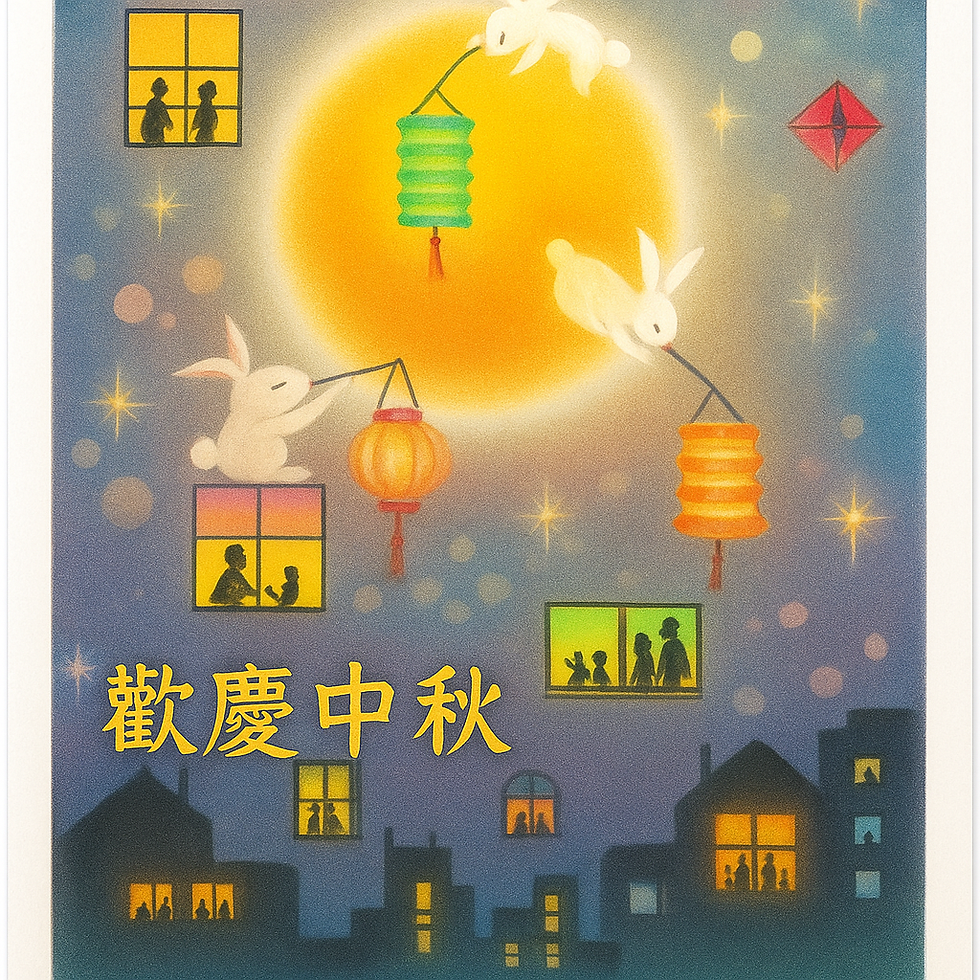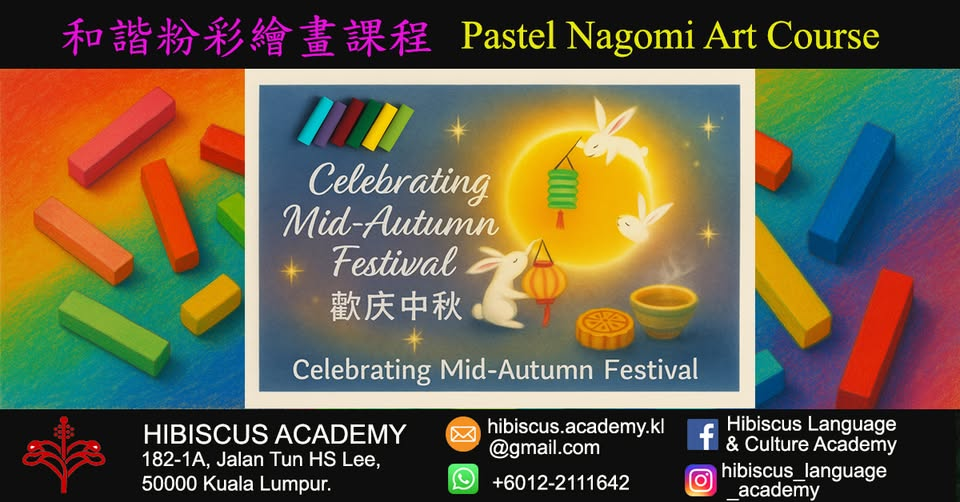☀️ What Tea to Drink During Xiaoshu (小暑 xiǎoshǔ) and the Perfect Chinese Desserts to Pair
- vkhong
- Jul 8
- 3 min read
Xiaoshu (小暑 xiǎoshǔ), meaning "Lesser Heat", is the 11th of the 24 Solar Terms (二十四節氣 èrshí sì jiéqì) in the Chinese lunar calendar, usually falling between July 6–8. It marks the beginning of intense summer heat, though not yet at its peak.
During Xiaoshu, the weather becomes increasingly humid and hot (濕熱 shīrè), often causing fatigue, restlessness, and poor appetite. This is the perfect time to regulate the body and mind with well-chosen tea and traditional desserts that are both cooling and nourishing.

🍵 Best Chinese Teas for Xiaoshu: Fenghuang Dancong & Xinyang Maojian
1. 鳳凰單叢 (fènghuáng dāncóng) – Fenghuang Dancong
A famous semi-oxidized oolong tea (烏龍茶 wūlóng chá) from Chaozhou, Guangdong. Known for its fragrant aroma (香氣高揚 xiāngqì gāoyáng) and rich taste (滋味濃醇 zīwèi nóngchún), it is ideal for removing dampness (祛濕 qùshī), clearing internal heat (清熱 qīngrè), and aiding digestion (健脾 jiànpí).
🟢 Why Dancong?Unlike green tea, Dancong is neutral in nature (性平 xìng píng), making it gentler on the stomach. Its floral-fruity aroma makes it a perfect afternoon or evening tea during the muggy Xiaoshu season.
2. 信陽毛尖 (xìnyáng máojiān) – Xinyang Maojian
One of China’s top ten green teas (綠茶 lǜchá), grown in Henan. It has a refreshing taste and cooling effect (性寒 xìng hán), making it ideal for reducing summer heat (降火 jiànghuǒ), clearing the mind (提神 tíshén), and soothing fatigue.
🟢 Why Maojian?It’s best consumed in moderation during the late morning or early afternoon, when its natural cooling properties help fight off internal heat. Avoid drinking it on an empty stomach.
🍰 Perfect Chinese Desserts to Match the Tea
These traditional desserts are not only delicious but also help balance body heat and moisture during the hottest time of year.
✅ 桂花糖藕 (guìhuā táng ǒu) – Osmanthus Glutinous Lotus Root
Lotus root stuffed with sweet sticky rice, simmered with rock sugar and scented with osmanthus flowers. It’s cooling (清涼 qīngliáng), nourishing (養血 yǎng xuè), and calms the heart (潤肺止咳 rùnfèi zhǐké).
🔗 Pair with: Xinyang Maojian – the mild bitterness and clarity of green tea cuts through the sweetness and enhances the fragrance.
✅ 芸豆卷 (yúndòu juǎn) – White Kidney Bean Roll
A smooth, chilled dessert made with mashed kidney beans and sugar. Rich in plant protein and easy to digest, it’s comforting yet not overly sweet (補中益氣 bǔ zhōng yì qì).
🔗 Pair with: Fenghuang Dancong – its complex floral notes complement the rustic bean fragrance, elevating the experience.
✅ 南瓜餅 (nánguā bǐng) – Pumpkin Cake
Pan-fried golden pumpkin cakes are sweet and warm in nature (性溫 xìng wēn), beneficial for spleen and stomach (養胃 yǎng wèi), and easy to digest.
🔗 Pair with: Fenghuang Dancong – the pumpkin’s natural sweetness enhances the tea’s long-lasting floral aroma, making this a soothing pairing.

🫖 Learn Chinese Through Tea: Xiaoshu Special Tea & Language Workshop
This summer, Hibiscus Academy invites you to join our seasonal Tea & Language Workshop, where we blend:
Chinese solar term culture (節氣文化 jiéqì wénhuà)
Tea brewing techniques (泡茶技巧 pào chá jìqiǎo)
Tea & dessert pairing principles (茶點搭配 chá diǎn dāpèi)
Basic Mandarin terms in tea culture (茶文化中文詞彙 chá wénhuà zhōngwén cíhuì)
📅 Dates: Please contact us for the updated schedule
📍 Location: Hibiscus Academy, Kuala Lumpur Chinatown
🎟️ Advance booking is required. Limited slots only.
🔗 A relaxing, educational, and sensory journey into Chinese language and tea traditions.





Comments